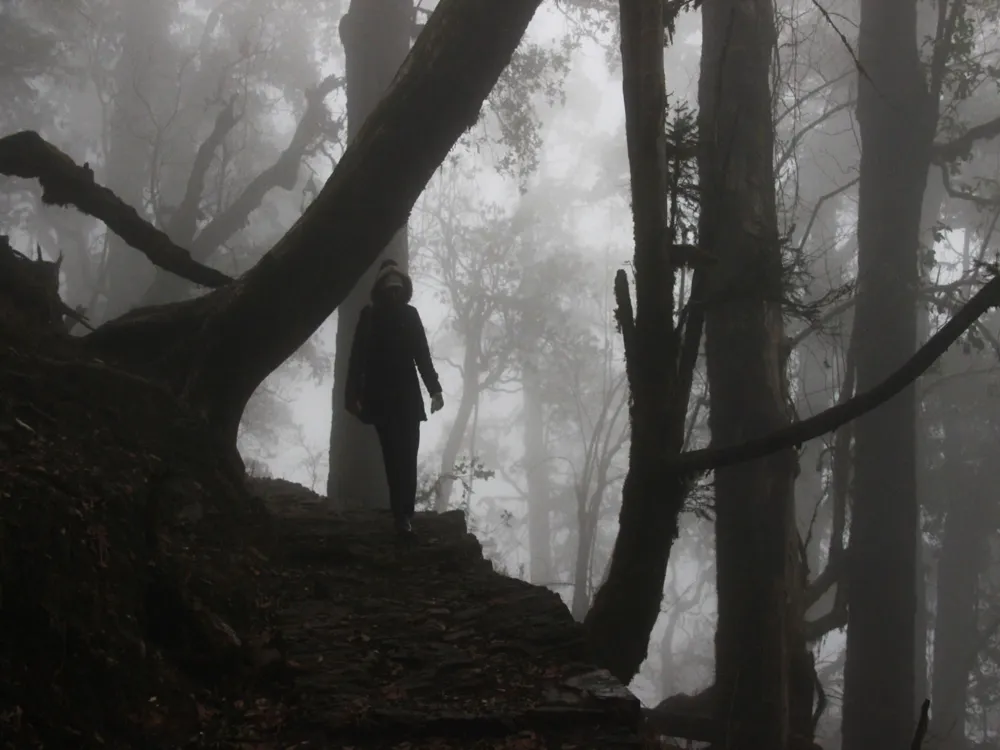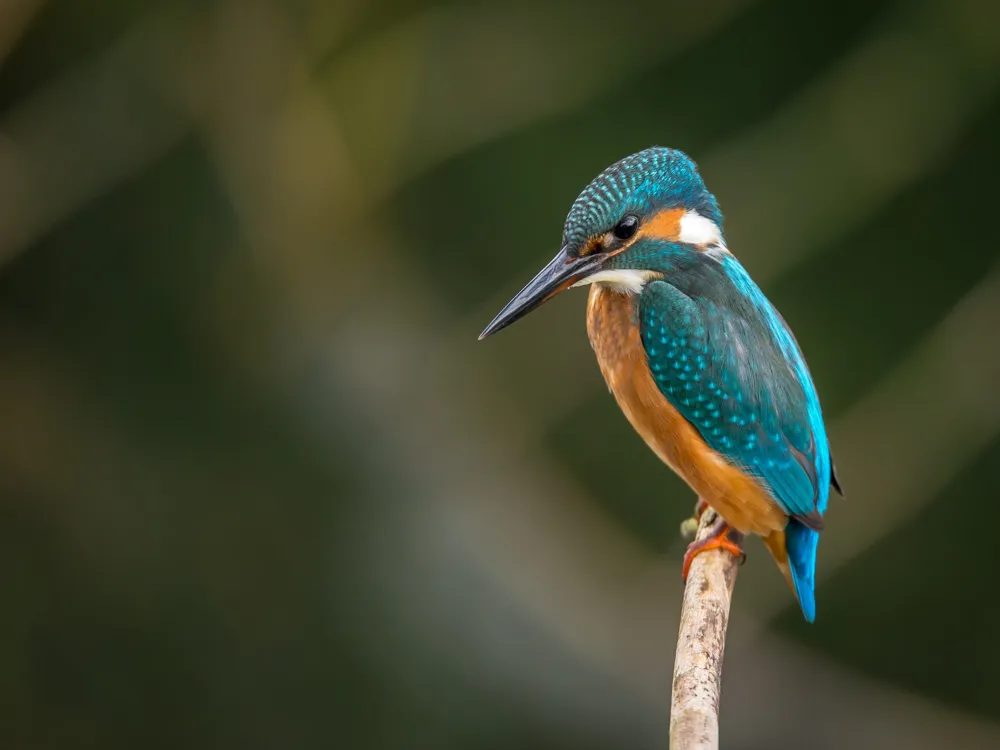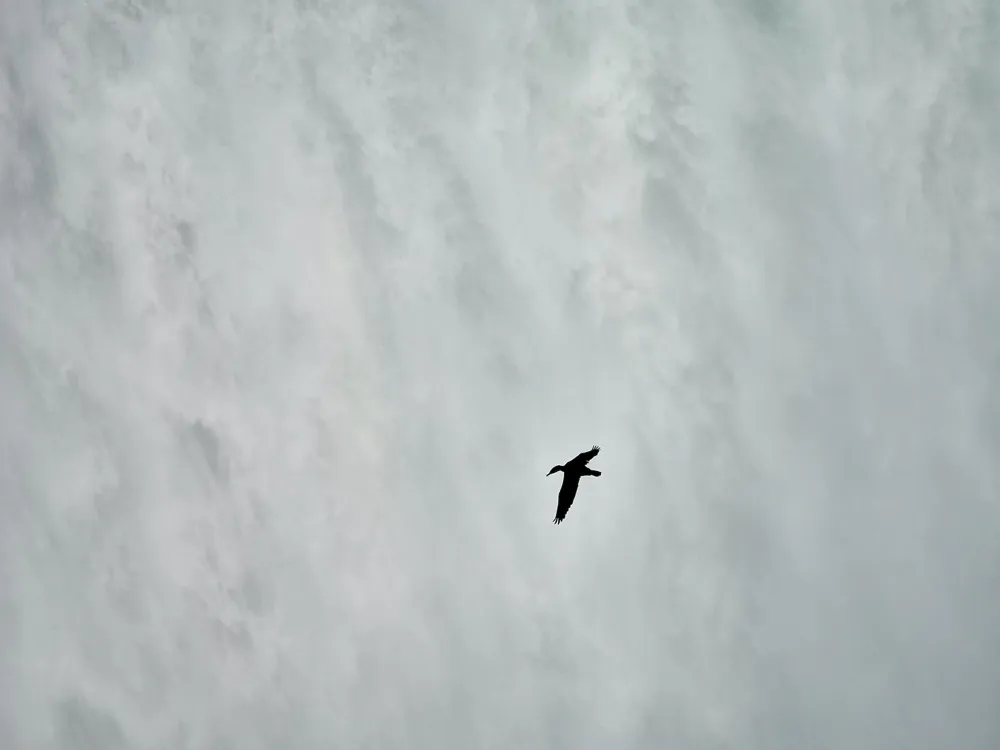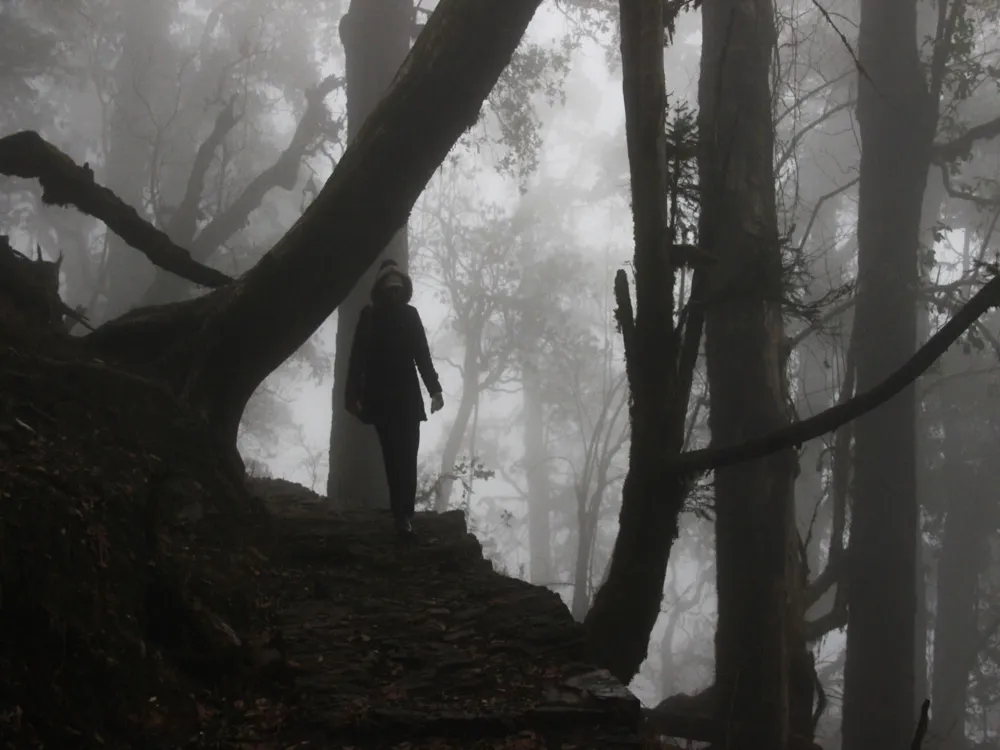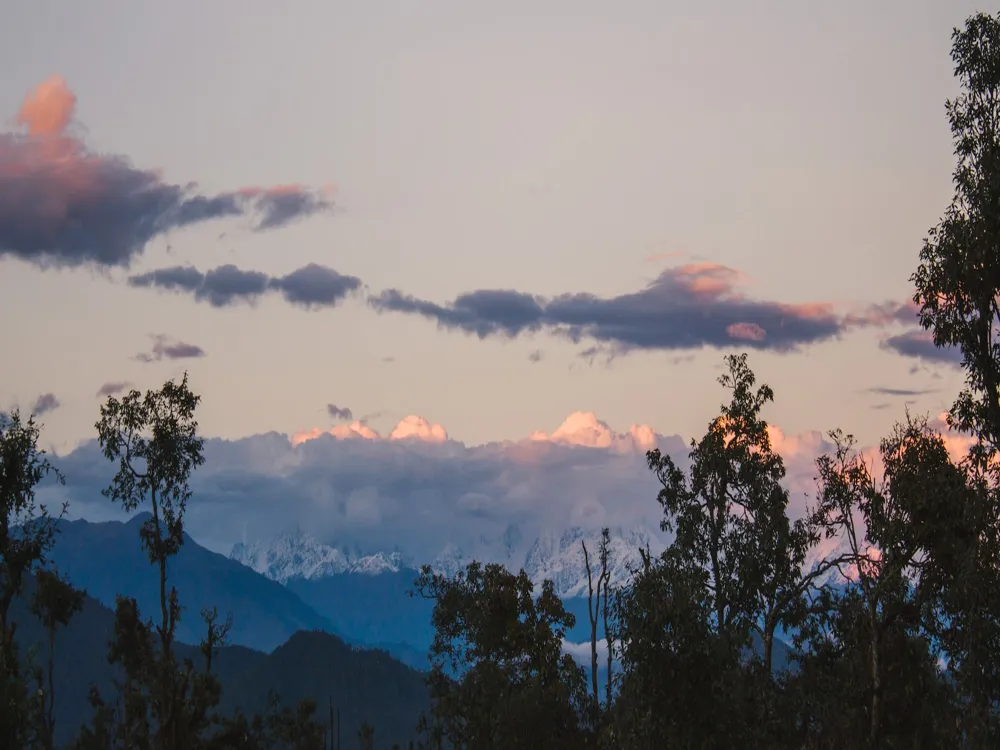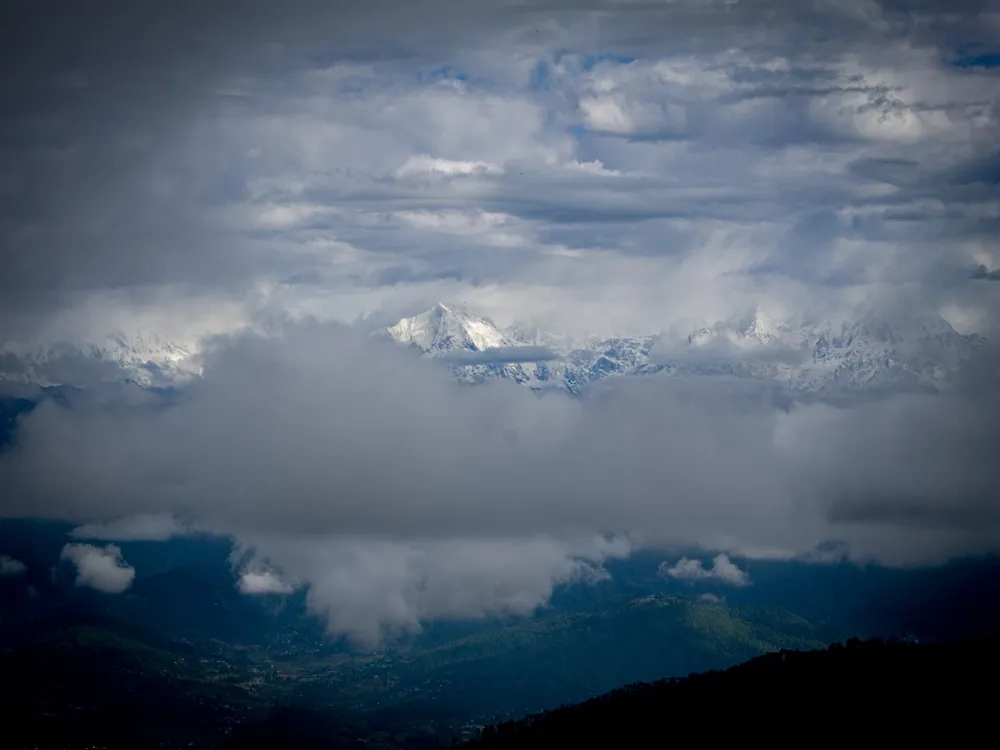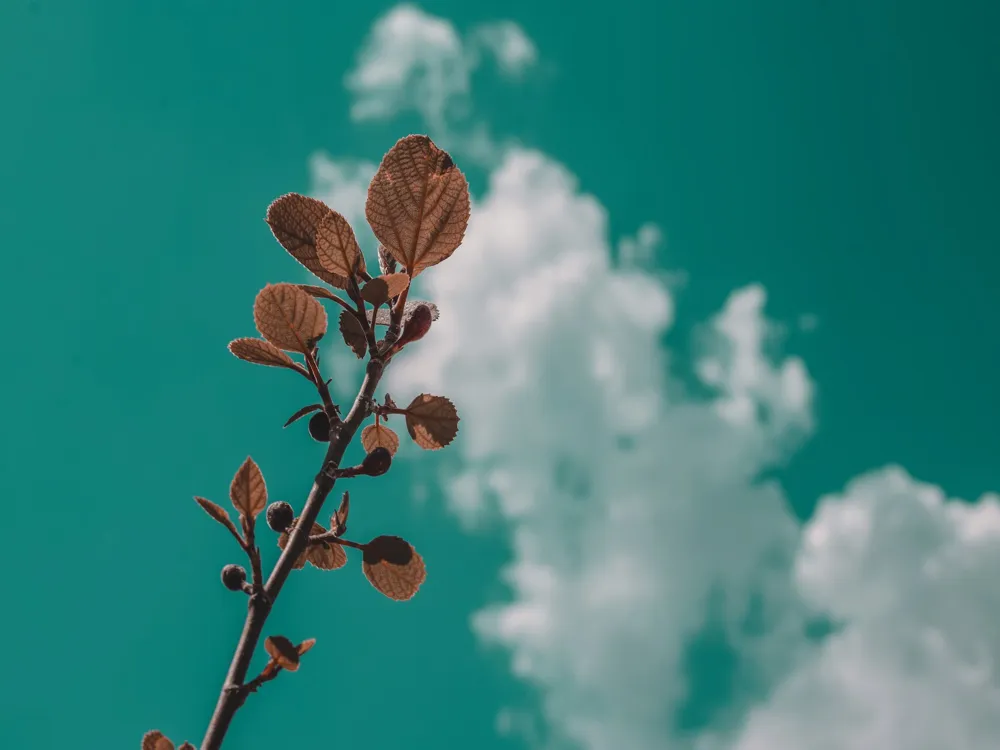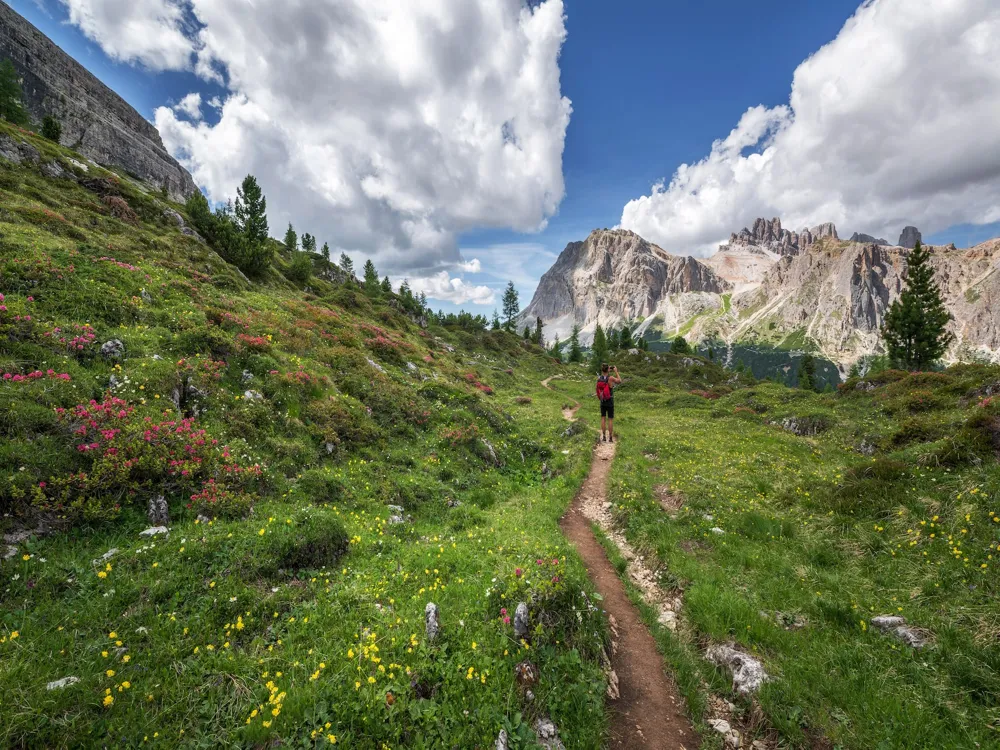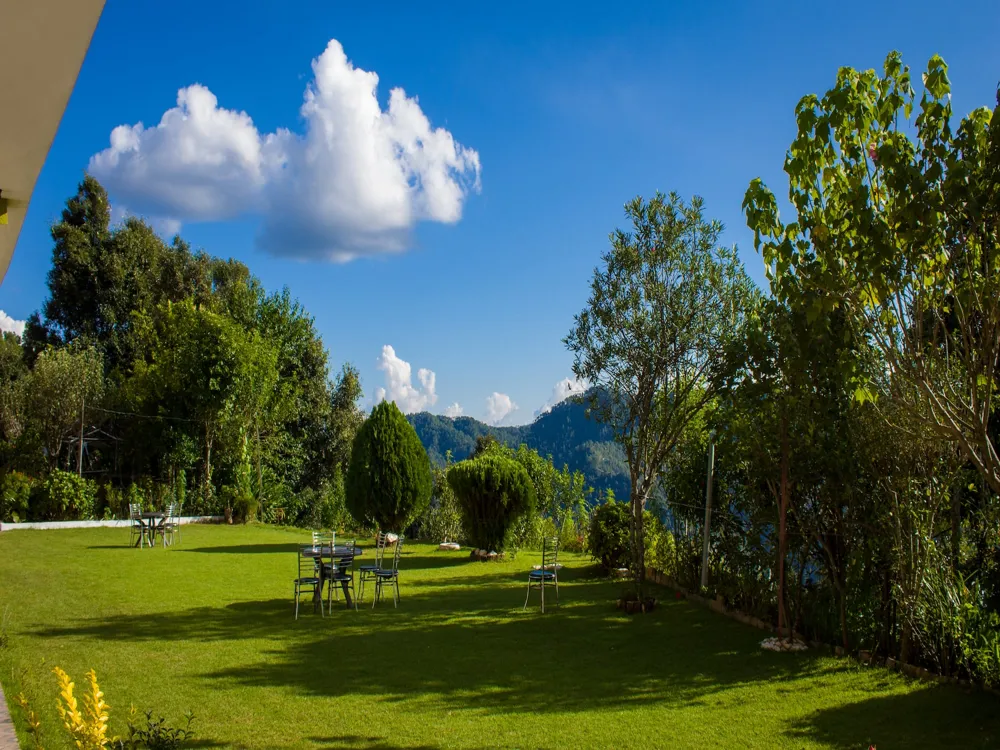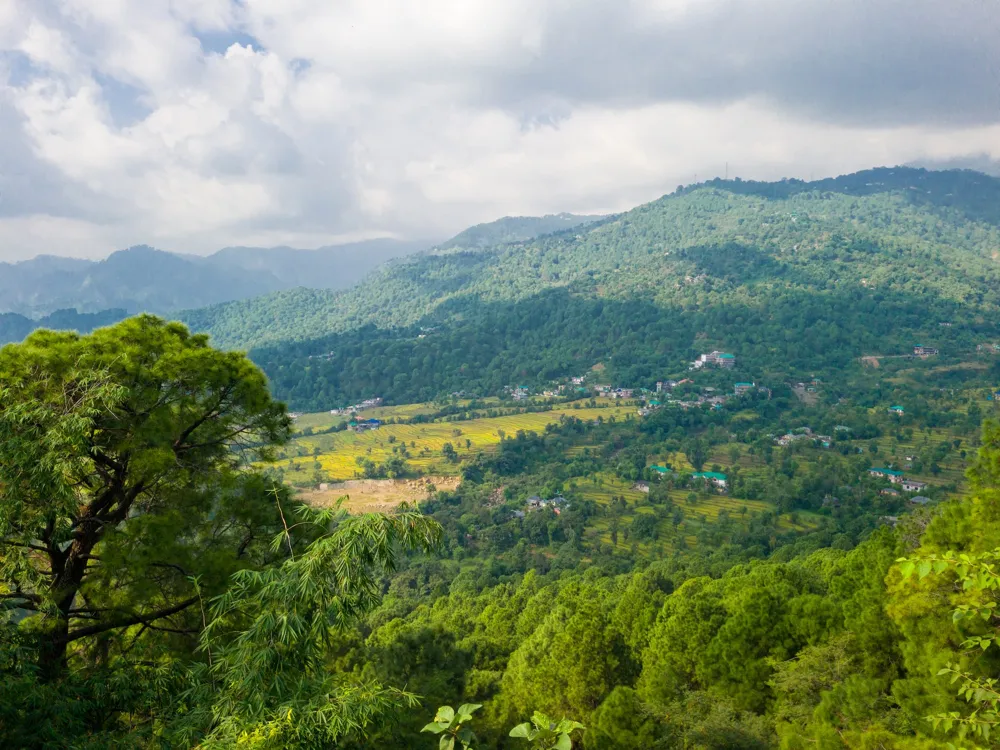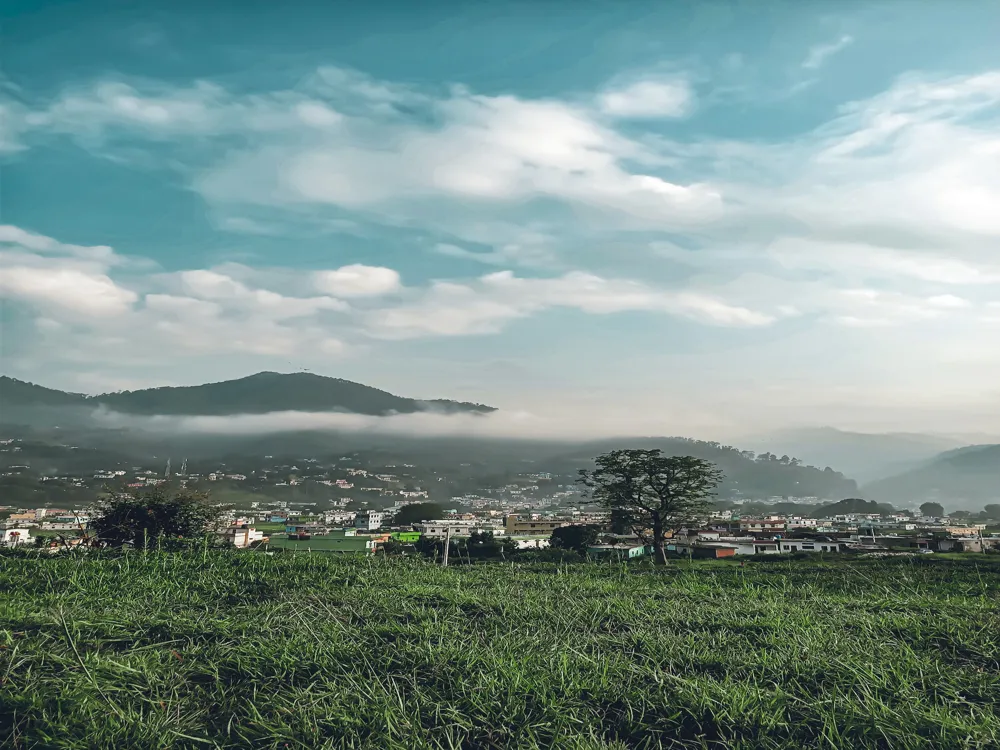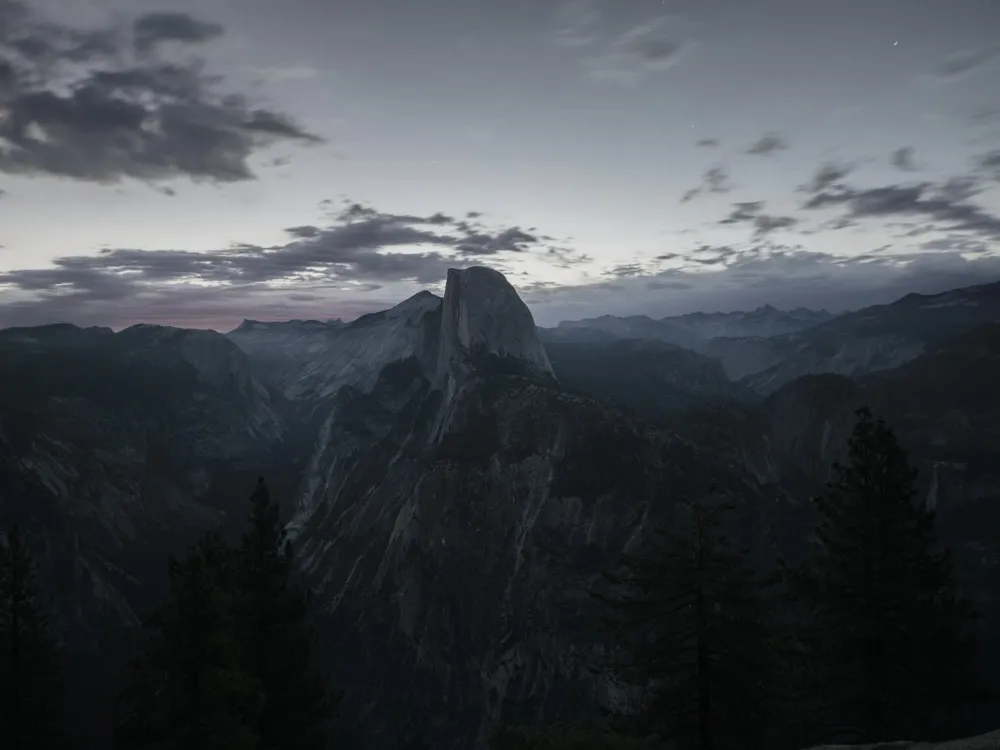Nestled in the heart of the Kumaon Himalayas, Birthi Falls is a spectacular natural wonder located near Munsiyari, a small town in Uttarakhand, India. This majestic waterfall, cascading from a height of about 126 meters (413 feet), offers a breathtaking view that captivates the heart of every traveler. Surrounded by lush greenery and the tranquil ambiance of the mountains, Birthi Falls is not just a destination; it's an experience that resonates with the beauty and serenity of nature. The origin of Birthi Falls is as fascinating as its splendid sight. The water plummets down from the higher reaches, fed by the melting snow and occasional rainfall, creating a natural spectacle that changes with the seasons. In the monsoon, the waterfall becomes a roaring beast, while in the drier months, it transforms into a graceful cascade. The area around Birthi Falls is rich in flora and fauna, making it a paradise for nature lovers and bird watchers. The dense forests around the falls are home to a variety of birds, wildflowers, and even rare species of wildlife. The journey to Birthi Falls is an adventure in itself. Winding roads through the mountains, with panoramic views of the Himalayas, lead you to this hidden gem. The last leg of the journey involves a trek through verdant paths, which adds to the charm and excitement of visiting this place. The sound of the gushing water grows louder as you approach, building anticipation before you finally witness the grandeur of Birthi Falls. Birthi Falls is not just a tourist spot; it holds a special place in the hearts of the locals. It is intertwined with the culture and traditions of the region, often featuring in local folklore and songs. The waterfall is considered a symbol of purity and natural beauty, revered by the people of Munsiyari and the surrounding areas. For those seeking a respite from the chaos of city life, Birthi Falls is a perfect getaway. Its serene environment, coupled with the soothing sound of falling water, offers a peaceful retreat. Visitors can spend hours just soaking in the beauty of the landscape, photographing the scenery, or simply sitting in contemplation. In summary, Birthi Falls is more than just a natural attraction; it's a journey into the heart of nature, offering a blend of adventure, peace, and cultural richness. Whether you're an avid trekker, a nature enthusiast, or someone seeking a peaceful escape, Birthi Falls is a destination that promises an unforgettable experience. The term 'architecture' in the context of Birthi Falls refers not to man-made structures but to the natural formation and geological features that shape this magnificent waterfall. Understanding the architecture of Birthi Falls involves delving into its geological makeup, the hydrological processes that sustain it, and the surrounding ecosystem that complements its beauty. Birthi Falls is a result of years of geological evolution, shaped by the forces of water, wind, and tectonic movements. The rocks over which the water cascades are primarily sedimentary, formed over millions of years. These rocks have been shaped and smoothed by the relentless force of the water, creating the unique contours and the cascading effect of the falls. The hydrology of Birthi Falls is influenced by the seasonal variation in precipitation and snowmelt in the Himalayas. During the monsoon season, the volume of water increases significantly, leading to a more vigorous and powerful waterfall. In contrast, the winter and spring seasons see a gentler flow, fed primarily by the melting snow from the higher reaches of the mountains. The surrounding ecosystem plays a crucial role in the architecture of Birthi Falls. The dense forests around the waterfall are part of a larger ecological system that supports a diverse range of flora and fauna. These forests not only provide a stunning backdrop to the falls but also contribute to the stability of the landscape, preventing erosion and supporting the water cycle. Additionally, the microclimate around Birthi Falls creates a unique environment. The mist generated by the waterfall supports a variety of mosses, ferns, and other moisture-loving plants, creating a mini-ecosystem at the base and along the walls of the falls. This lush greenery adds to the enchanting beauty of Birthi Falls, making it a visual treat. In essence, the architecture of Birthi Falls is a testament to the wonder of natural processes. It's a place where geology, hydrology, and ecology converge to create a landscape of unparalleled beauty. Exploring the architecture of Birthi Falls is not just about witnessing a waterfall; it's about understanding the intricate balance of nature and the marvels of our planet. The ideal time to visit Birthi Falls is between September and June. The post-monsoon period offers lush greenery and a full-bodied waterfall, while the winters provide a serene and less crowded experience. Wear comfortable hiking shoes for the trek and carry a light jacket, as the temperature can drop near the waterfall. Don’t forget to pack a raincoat or umbrella during the monsoon season. Always stay on the marked trails and respect safety barriers. The rocks near the waterfall can be slippery, so exercise caution. It’s also advisable to visit the falls during daylight hours. Keep the area clean by disposing of trash properly. Avoid using plastic and disturbing the wildlife. Remember, it’s our responsibility to preserve the natural beauty of Birthi Falls. The best photographs can be captured during the early morning or late afternoon when the light is soft. Use a polarizing filter to reduce glare and bring out the colors of the landscape. Birthi Falls is accessible via road and a short trek. The nearest major town is Munsiyari, which is well connected by road to major cities like Delhi and Dehradun. From Munsiyari, you can hire a taxi or take a local bus to Tejam, the nearest point to Birthi Falls. From Tejam, it’s a short and scenic trek of about 2 kilometers to reach the waterfall. The trek path is well-marked and can be navigated without a guide. However, hiring a local guide can enhance the experience with insights into the local flora, fauna, and culture. For those traveling by air, the nearest airport is Pantnagar, located about 312 kilometers from Munsiyari. From the airport, one can hire a taxi or take a bus to reach Munsiyari. Another option is to travel by train to the nearest railway station, Kathgodam, and then proceed by road to Munsiyari. Regardless of the mode of transportation, the journey to Birthi Falls is as mesmerizing as the destination itself, with stunning views of the Himalayan landscape, quaint villages, and the rich culture of the Kumaon region. Read More:Overview of Birthi Falls, Munsiyari, Uttarakhand
Architecture of Birthi Falls
Tips When Visiting Birthi Falls
Best Time to Visit
Essential Gear and Clothing
Safety Precautions
Respecting the Environment
Photography Tips
How To Reach Birthi Falls
Birthi falls
Munsiyari
Uttarakhand
NaN onwards
View munsiyari Packages
Munsiyari Travel Packages
View All Packages For Munsiyari
Top Hotel Collections for Munsiyari

Private Pool

Luxury Hotels

5-Star Hotels

Pet Friendly
Top Hotels Near Munsiyari
Other Top Ranking Places In Munsiyari
View All Places To Visit In munsiyari
View munsiyari Packages
Munsiyari Travel Packages
View All Packages For Munsiyari
Top Hotel Collections for Munsiyari

Private Pool

Luxury Hotels

5-Star Hotels

Pet Friendly







